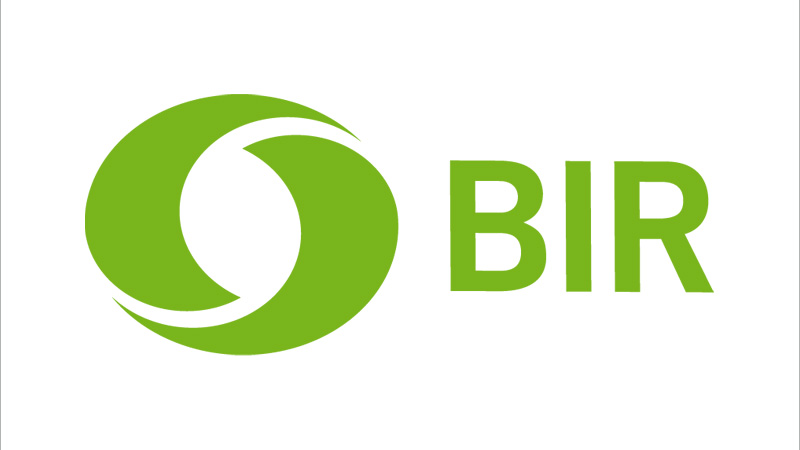ERP was implemented statewide in 2009. Now there are over 90 different legislated EPR programs or requirements operating in Canada, with additional stewardship and voluntary programs, Shaw explained. The introduction of EPR takes place in two phases. In phase one, that was finished in 2015, systems for packaging, printed materials, mercury-containing products, electronics and electrical equipment, household hazardous and special wastes and automotive products were established. In the second phase, systems for construction and demolition materials, furniture, textiles, applicanes and ODS are planned to be installed by 2016, Shaw stated that the different ways of implementation in the provinces would lead to some problems. Only British Columbia has established almost all ERPs.
Regarding e-waste, Shaw explained that in 2004 first steps where taken to collect the material. The Electronic Products Recycling Association (EPRA) was formed in 2011. Since 2016 ERP programs for e-waste are established in all provinces. Shaw pointed out that EPRA manages programs in nine of ten provinces and provides 2.300 collection sides. In 2015, 660.000 tonnes of end-of-life products were processed. All recyclers involved have to be certified and approved, they are also prohibited from exporting the products to non-OECD nations.
Shaw further explained that there are some facts that would make the recycling of e-waste in Canada difficult. There is a problem with the accessibility for remote and Northern communities. This would lead to high costs in transports and logistics. Also problems with market competition occur and there is a need for harmonisation across the provinces. She also pointed out to current trends in Canada like the transition to a circular economy model in Ontarion and Britsh Columbia, the replacement of waste diversion programs through EPR, which removes the financial responsibilities from the municipalities and the phasing out of kerbside collections for e-waste.






